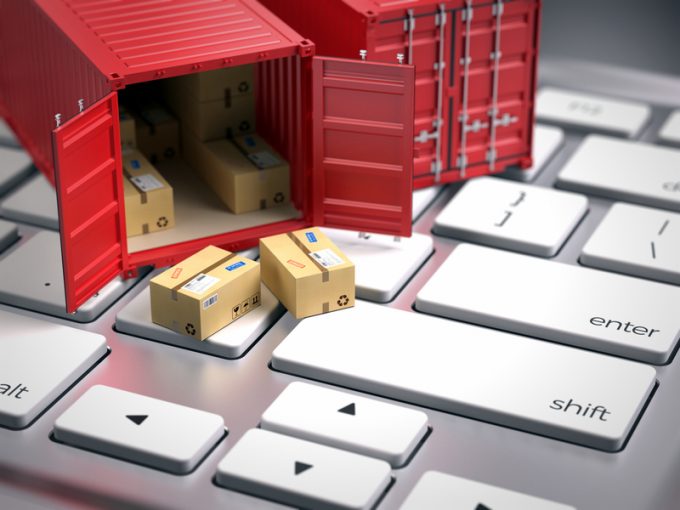Update your tech to attract the 'next gen', but retain vital 'institutional knowledge'
Supply chain and logistics companies should integrate digital technology to appeal to a younger workforce, ...

A new special interest group is being formed to develop and disseminate an open-source standard for electronic bills of lading (eBLs).
The Digital Container Shipping Association (DCSA), BIMCO, FIATA, the International Chamber of Commerce (ICC) and SWIFT have established the Future International Trade (FIT) Alliance in the hope of getting eBLs adopted and used as standard across the shipping industry.
eBLs promise to streamline trade by exchanging a digital certificate between parties, rather sheaves of paper documents and DCSA has calculated that ...
Macron calls for ‘suspension’ – CMA CGM's $20bn US investment in doubt
Trump tariffs see hundreds of cancelled container bookings a day from Asia
De minimis exemption on shipments from China to the US will end in May
Forwarders stay cool as US 'liberation day' tariffs threaten 'global trade war'
Mixed response in US to 'Liberation Day', while China leads wave of retaliation
Tariffs and de minimis set air freight rates on a volatile course
Overcapacity looms for ocean trades – with more blanked sailings inevitable

Comment on this article